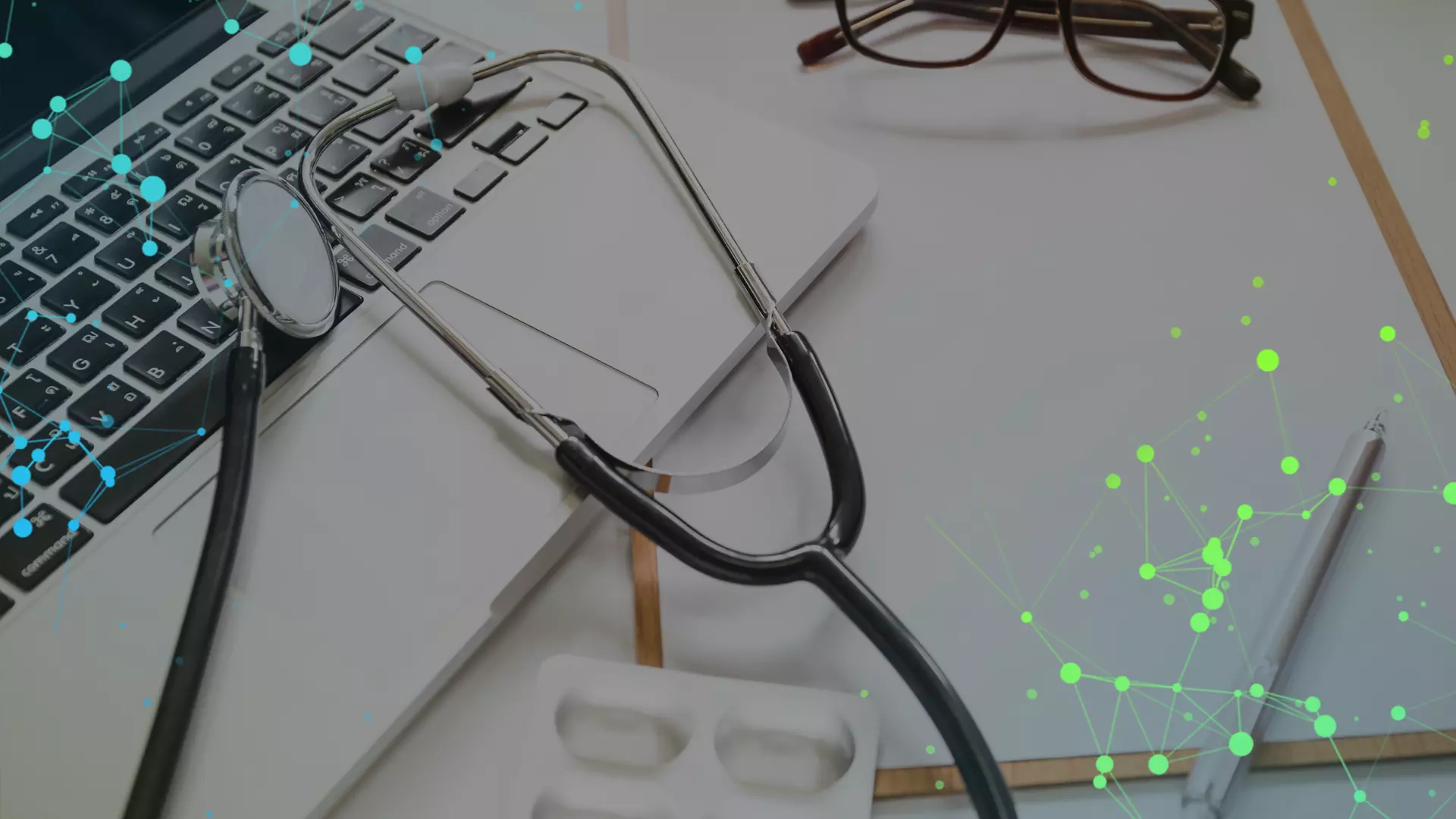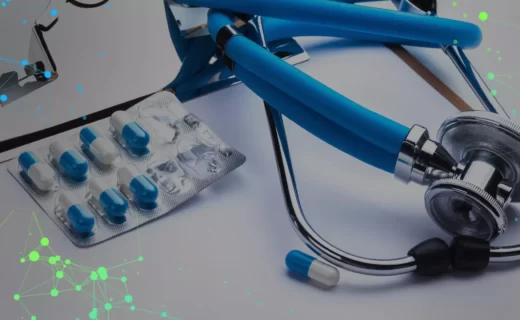Medical Device Registration
Medical device registration is a key process in healthcare that ensures the safety and quality of medical instruments and appliances. All manufacturers and suppliers of medical devices must adhere to high standards and regulations in order to ensure their suitability for use in healthcare facilities and other areas of medicine.
Dextra Law offers a wide range of legal services, specializing in medical device registration. We understand the importance of this process and its impact on the safety and quality of medical devices, and are ready to provide you with the necessary assistance and advice.
Criteria for classifying medical devices
In Ukraine, the classification of medical devices is based on the requirements defined by State Standards and national laws, such as the Law of Ukraine “On Medicinal Products” and the Law of Ukraine “On Quality and Safety of Food and Consumer Products”. The classification of devices also complies with the requirements of the European Union and international standards.
The main criteria for classifying medical devices in Ukraine:
- Medical purpose. This criterion is defined in accordance with medical requirements and classifies the device according to its medical purpose.
- Risks to the patient. Devices are classified according to the level of risks they may pose to the patient.
- Duration of use. Devices can be single-use or reusable, and this characteristic is taken into account during classification.
- Technical characteristics. Device parameters such as materials, size, weight, shape, etc. affect its classification.
- Application. The place and conditions of use of the device, for example, at home, in a hospital, in an outpatient clinic, also determine the classification.
- Regulatory requirements. The legislation and regulatory authorities in Ukraine establish requirements for the classification of medical devices, and these requirements may differ from other countries.
Self-declaration of medical devices
This is the process by which the manufacturer of a medical device independently declares that their product meets the requirements of regulations and standards. This process allows manufacturers to conduct conformity assessments of their devices and ensure their quality and safety without direct intervention of the regulatory body.
The main aspects of self-declaration of medical devices include:
- Conformity assessment. The manufacturer conducts an assessment of their device for compliance with standards and regulations for medical devices. This may include testing, research, analysis, and other types of assessment.
- Consumer information. The manufacturer must provide consumers with information about the device, including instructions for use, safety, and support, as well as a statement of compliance (declaration of conformity).
- Labeling. The manufacturer is required to properly label their device, including manufacturer information, serial number, date of manufacture, and other data to aid in identifying and tracking the device.
- Record keeping. The manufacturer must maintain all necessary documentation and records to demonstrate compliance.
- Monitoring. Quality and safety monitoring of devices must be conducted after placing them on the market, and action must be taken in case any issues are identified.
What is required to undergo conformity assessment for medical devices?
Conformity assessment usually involves the following steps:
- Evaluation of medical devices. Determining the class of medical devices according to standards and regulatory requirements.
- Compiling documentation including technical files, instructions, test data, quality certificates, and other information demonstrating compliance of devices with requirements.
- Selecting a conformity assessment body. This may be an independent testing laboratory or consulting firm specializing in medical device assessment.
- Conducting tests to confirm that its characteristics and functions comply with requirements.
- Preparing documentation, certificates, and other materials to demonstrate your device’s conformity.
- Audit. In some cases, an audit of your organization and manufacturing process may be conducted to ensure compliance with requirements and standards.
- Review and reporting. The conformity assessment body conducts a review of the results and issues a conformity report indicating whether the device meets or fails to meet requirements.
- Issuing a certificate or marking.
After obtaining a certificate, it is important to monitor and update manufacturing and documentation to ensure continued compliance with requirements.
What documents are required
To undergo conformity assessment for medical devices, various documentation is usually required to demonstrate your device’s compliance with requirements and standards:
- Documentation: technical specifications, device descriptions, drawings, and other technical details.
- Declaration of conformity.
- Test reports conducted on the device to evaluate its characteristics and safety.
- Instructions for use and maintenance of the device.
- Notice of market release.
- Laboratory reports and analysis.
- Labeling and packaging.
- Licenses and permits.
Benefits of Working with Dextra Law
Cooperation with Dextra Law guaranteedly provides:
- professional assistance from experienced lawyers and attorneys;
- support and advice at any stage of medical device registration;
- assistance in certification and declaration of medical devices;
- informational support;
- minimizing the risks of violations and discrepancies.




